People love wood furniture because of its beautiful grain and warm color, as well as its durability and weather resistance.
But not all woods can withstand the test of sun, rain, moisture, and temperature changes outside. What makes some woods more suitable for your patio or garden than others?
In this article, we will introduce the most commonly used woods for outdoor furniture and how to protect them to make them last.
What Is the Best Wood for Outdoor Furniture?
Outdoor furniture wood is divided into hardwood and softwood. Hardwood, such as teak and ipe, is dense and strong. Softwood, such as cedar, cypress, and redwood, is naturally rot and moisture-resistant.
Each wood has unique qualities: ipe can handle heavy rain, while cedar thrives in dry climates. Your choice will depend on your local weather and personal needs.
The best outdoor wood resists the elements, requires little maintenance, and lasts for many years.
We will introduce you to some of the best outdoor woods below and see which one meets your needs.
Acacia

Acacia is a highly durable hardwood with natural resistance to insects and decay. It is dense and compact, and contains natural oils, so it is resistant to moisture or sunlight.
If you want to keep the beautiful golden brown color of acacia, you can seal it, otherwise, it may fade when exposed to water.
The good news is that this tree grows fast and is widely available, so the wood is affordable.
Acacia wood performs best in mild climates. Extreme heat or direct sunlight can cause it to soften, dry out, and warp.
Too cold or humidity can also cause it to crack. Please note that alcohol, perfume and some cleaning agents can damage the wood surface.
It is also best not to place acacia furniture directly on the floor or grass, as it can absorb moisture.
Eucalyptus

Eucalyptus is another fast-growing, sustainable hardwood that is often used for patio tables and chairs, garden benches, and outdoor furniture.
Its wood is strong and dense, contains natural oils, and resists moisture, fungi, and insects. Eucalyptus wood has a smooth, comfortable texture with few knots or imperfections on the surface.
If you are looking for a more affordable alternative to teak, eucalyptus is a good substitute, as it is similar to teak in terms of strength and aesthetics. Eucalyptus is also easier to maintain than acacia or pine.
Over time, untreated eucalyptus will naturally turn silvery grey. To preserve the original colour of eucalyptus and prevent damage caused by sunlight or rain, we recommend that you regularly care for the furniture with an outdoor wood oil or sealer.
Cedar

Cedar is a lightweight softwood that is often used for fences, gazebo roofs, and wall panels.
Thanks to the aromatic oils contained in the wood, cedar is naturally water-repellent and rot-resistant without additional treatment. These aromatic oils also repel insects and moths and protect against insect damage.
Cedar is ideal for DIY enthusiasts because it is soft and easy to work with, and can be easily cut and shaped. However, it should be noted that its softness may cause screws to loosen over time.
Cedar performs best in dry to moderately humid environments. It is naturally resistant to rain and moisture and is not prone to deformation.
Although cedar is not as hard as oak or teak, it can last for many years without being varnished or treated in any special way.
Teak

Teak is the most durable wood for outdoor furniture. It is naturally high in oils, which makes it more resistant to water damage, insect damage, and rot.
Teak has a moderate density, a smooth texture, and a straight grain, giving it an attractive golden brown appearance.
Teak holds up well in all weather conditions. Unlike other woods, such as pine, teak does not swell or crack, even in damp or rainy conditions.
Other woods may shrink or swell when exposed to changes in humidity, creating cracks that can trap moisture and encourage the growth of fungi and insects.
Teak is slow-growing, rare, and very expensive. Its outstanding quality and durability have made it a long-standing material in shipbuilding.
Redwood

Redwood is a softwood with pores that contain special chemicals that protect it from decay, weathering, and insect damage. It has a beautiful, warm red color and straight grain.
Redwood grows well in mild, moist climates and is highly resistant to water damage. In dry or overly sunny areas, redwood may crack or fade more quickly, so it is recommended that you protect it by applying a sealant every 2–3 years.
Redwood is slow-growing and less abundant, so it is more expensive than cedar or pine. As a softwood, it will dent, scratch, and chip over time.
However, most homeowners still consider it good value for money, thanks to its natural beauty and durability.
Ipe

Ipe is a South American hardwood with a hard texture and extremely high density. Compared to other woods, ipe is more resistant to physical damage and less prone to dents, scratches, and abrasions.
The dense grain of ipe makes it naturally slip-resistant, making it ideal for decking and outdoor steps.
Unlike other woods, ipe will not crack or disintegrate over time, even in harsh environments. Thanks to its rich oils and extracts, ipe is also highly resistant to insects and fungi.
You can use Ipe for many outdoor projects, including fences, decks, and gazebos. Ipe costs more than teak, but its exceptional durability means it can last for decades without replacement.
Cypress

Cypress is a softwood with natural oils that protect it against moisture, insects, and decay.
While not as hard as some woods, cypress is still durable enough for everyday use. The wood has a light color and attractive grain pattern, giving it a clean and striking appearance.
If you do not apply a protective layer, cypress will turn a silvery grey over time, somewhat like cedar.
Cypress is commonly found in porch swings, Adirondack chairs, and dining room furniture, and is particularly suitable for damp or rainy areas.
As long as it is not in direct contact with the soil, your cypress furniture will last a long time.
White Oak

White oak is a strong, hard wood that is more rot- and water-resistant than red oak. It is suitable for all kinds of furniture, both indoors and outdoors, such as wine cabinets, patio tables and chairs, and planters.
Although it is more durable than pine or fir, it lacks the natural oils of teak or ipe, so it is best treated with a water-repellent sealant or paint for outdoor use.
White oak is readily available in the market, comes in a variety of widths and thicknesses, and is easy to work with for DIY projects. You can easily stain it to your preferred color to add a personal touch to your project.
Hardwood or Softwood?
As you can see, hardwoods with a dense structure and natural oils are best suited for outdoor use. Teak and ipe, for example, are naturally resistant to moisture, pests, and rot.
For outdoor projects, you should choose heartwood rather than sapwood. Heartwood is the wood inside the tree, which occupies most of the trunk. It is naturally denser and more resistant to the elements.
Sapwood is the lighter-colored outer part of the trunk, which decomposes more quickly under the influence of the weather.
Protecting Your Wood Outdoor Furniture
Any outdoor wood will deteriorate over time, so regular maintenance is essential. Here are some maintenance tips:
Regular Cleaning
We recommend regularly dusting your wooden furniture with a soft cloth or brush to remove loose debris.
Drinks, food crumbs, and bird droppings should be cleaned off the furniture immediately, otherwise, stains can become permanent and difficult to remove.
For daily cleaning, just a mild soapy solution and a soft brush are all you need.
For stubborn stains, use water and dishwasher detergent or oxygen bleach, gently sand the surface in the grain direction, and then rinse thoroughly.
Seal and Protect
Depending on the climate in your location, we recommend recoating your wooden furniture with a sealant every 1-3 years.
A good sealant forms a protective layer that helps to protect against UV rays and moisture.
Synthetic penetrating wood finishes make excellent sealers and are better than polyurethane, varnish, or lacquer, which are prone to cracking and peeling outdoors.
We recommend avoiding natural oils such as linseed oil, as these may make it easier for mould to grow.
You might also consider using water-based stains with film-forming properties to increase water resistance and UV protection.
To reduce the damage caused by moisture, you can place cushions under the furniture or find a way to lift it a little off the ground.
Seasonal Maintenance
Be sure to cover your outdoor furniture during extended periods of non-use or in harsh weather.
Choose a cover that is breathable to prevent mould. If possible, store the furniture indoors during the winter.
Make it a habit to check the furniture every month for signs of wear or loosening. At the beginning and end of each outdoor season, give it a thorough cleaning and reseal if necessary.
Related Reading:
How to Choose the Best Outdoor Furniture Material?


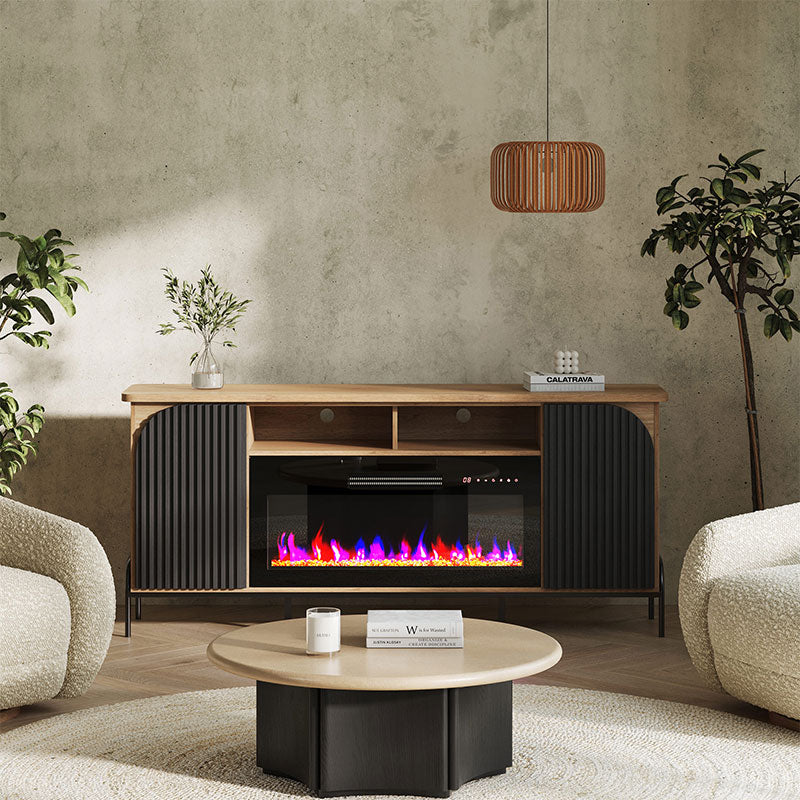
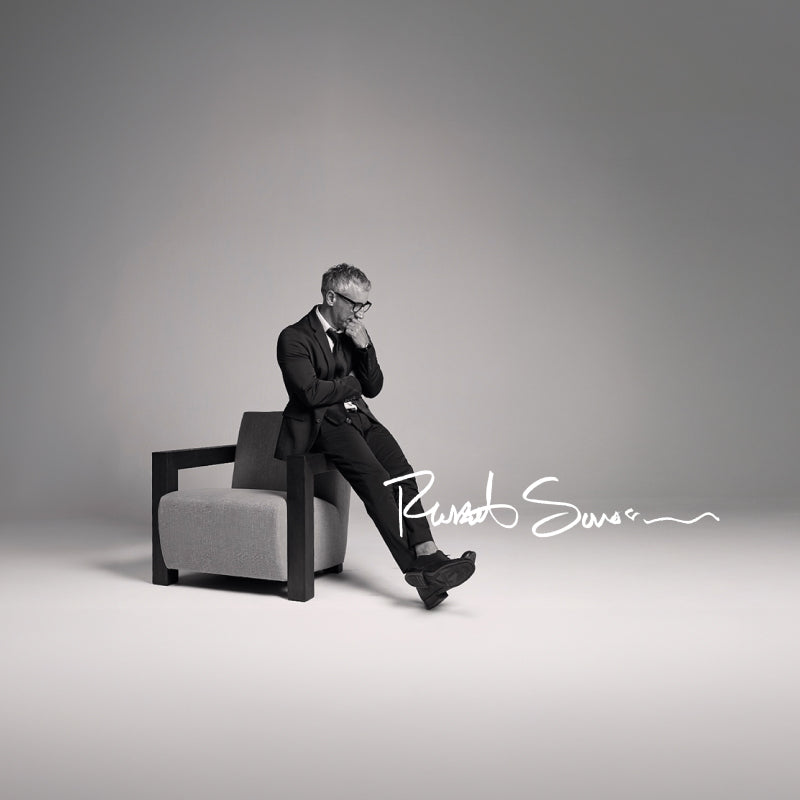
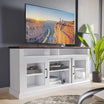
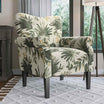
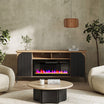

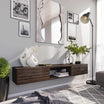
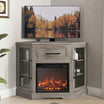

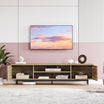
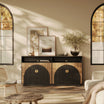
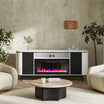
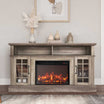
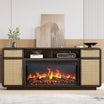
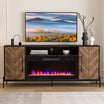
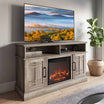
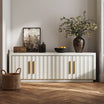
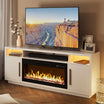
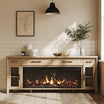
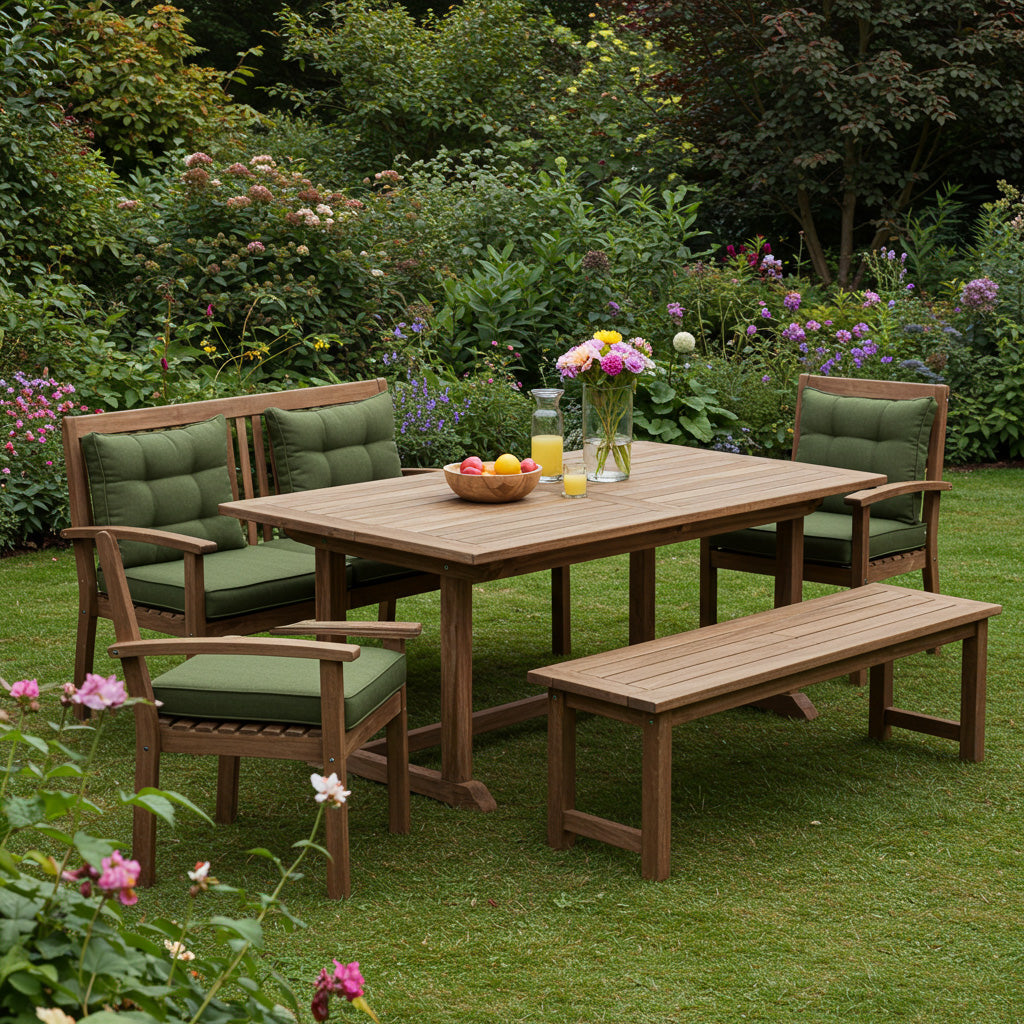
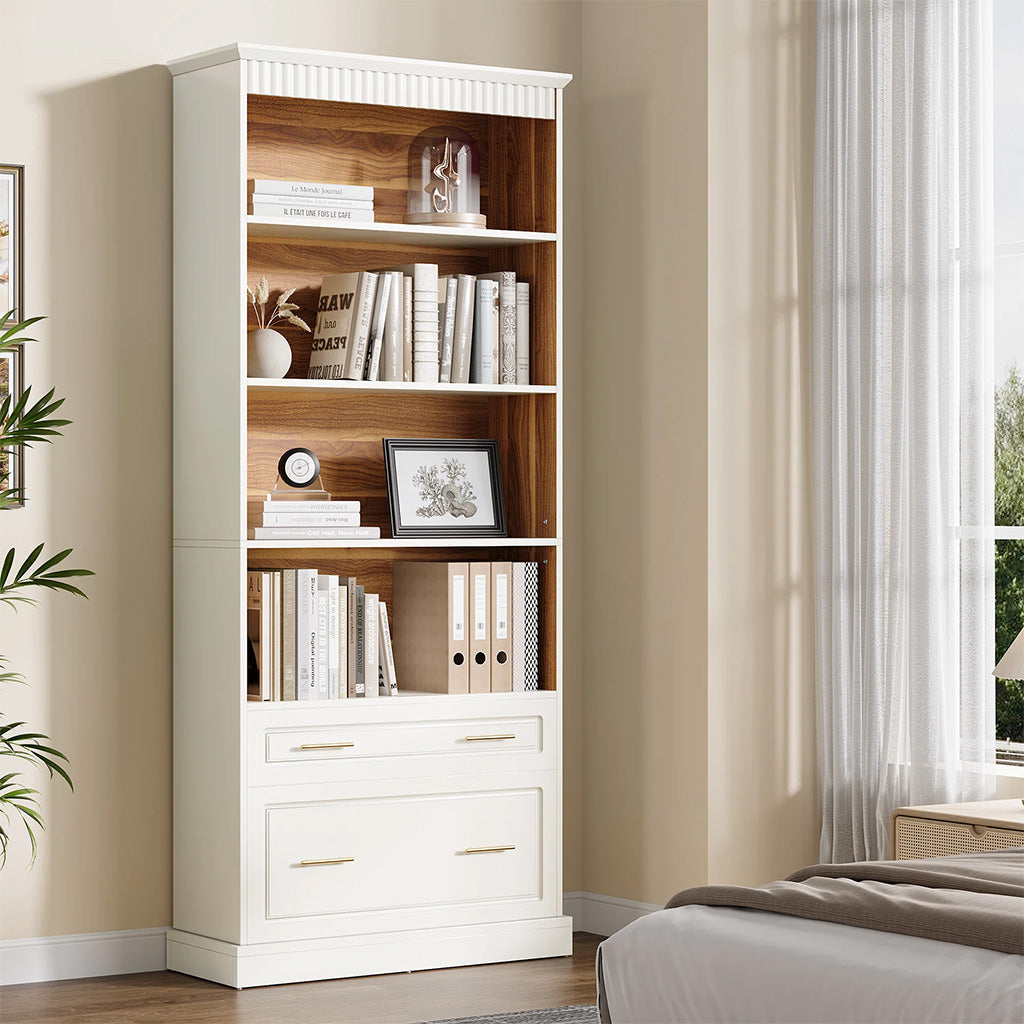
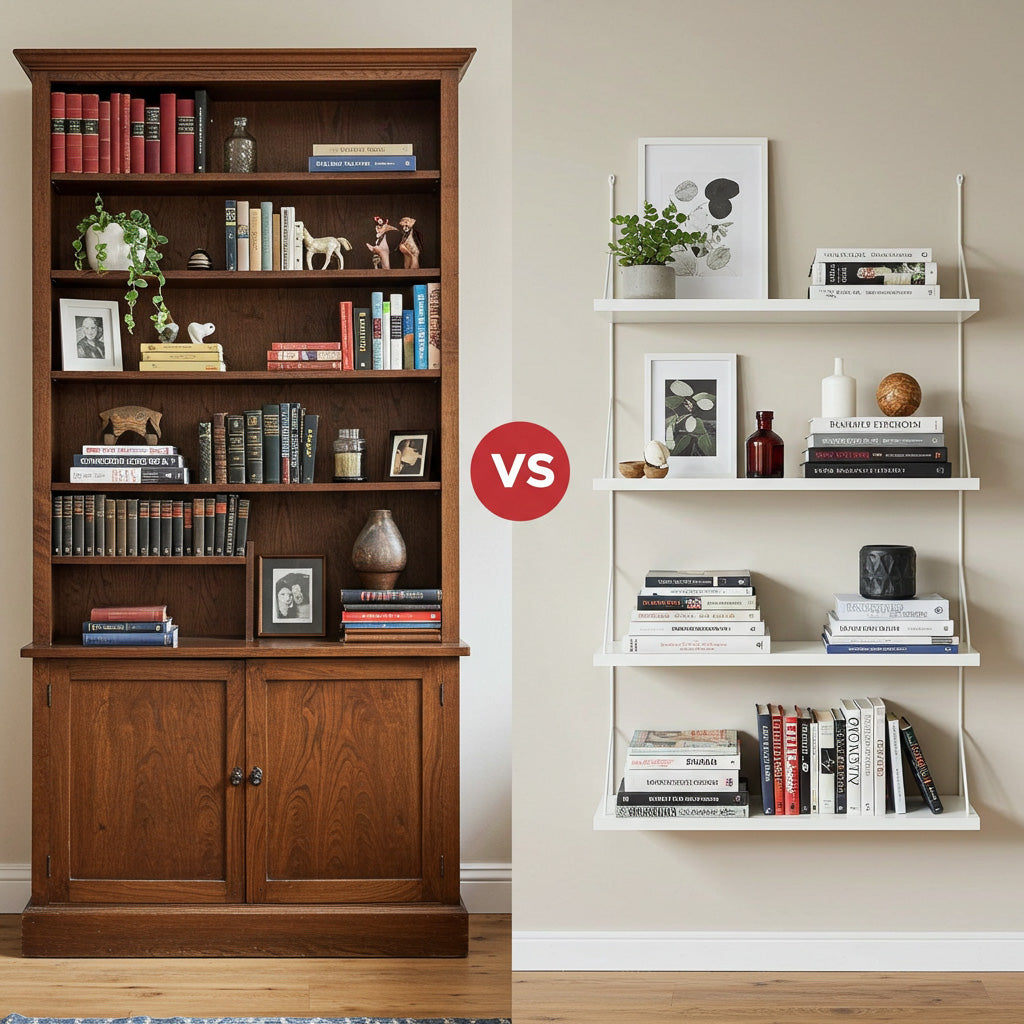
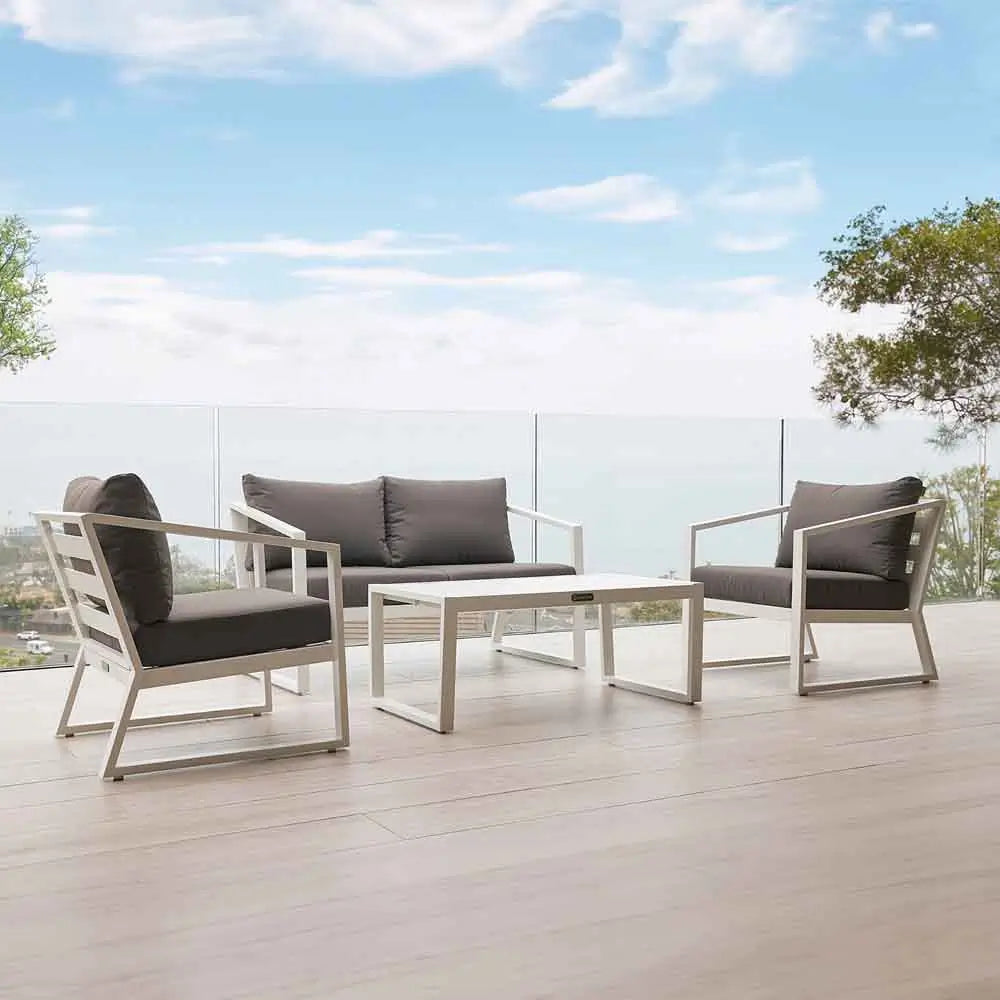
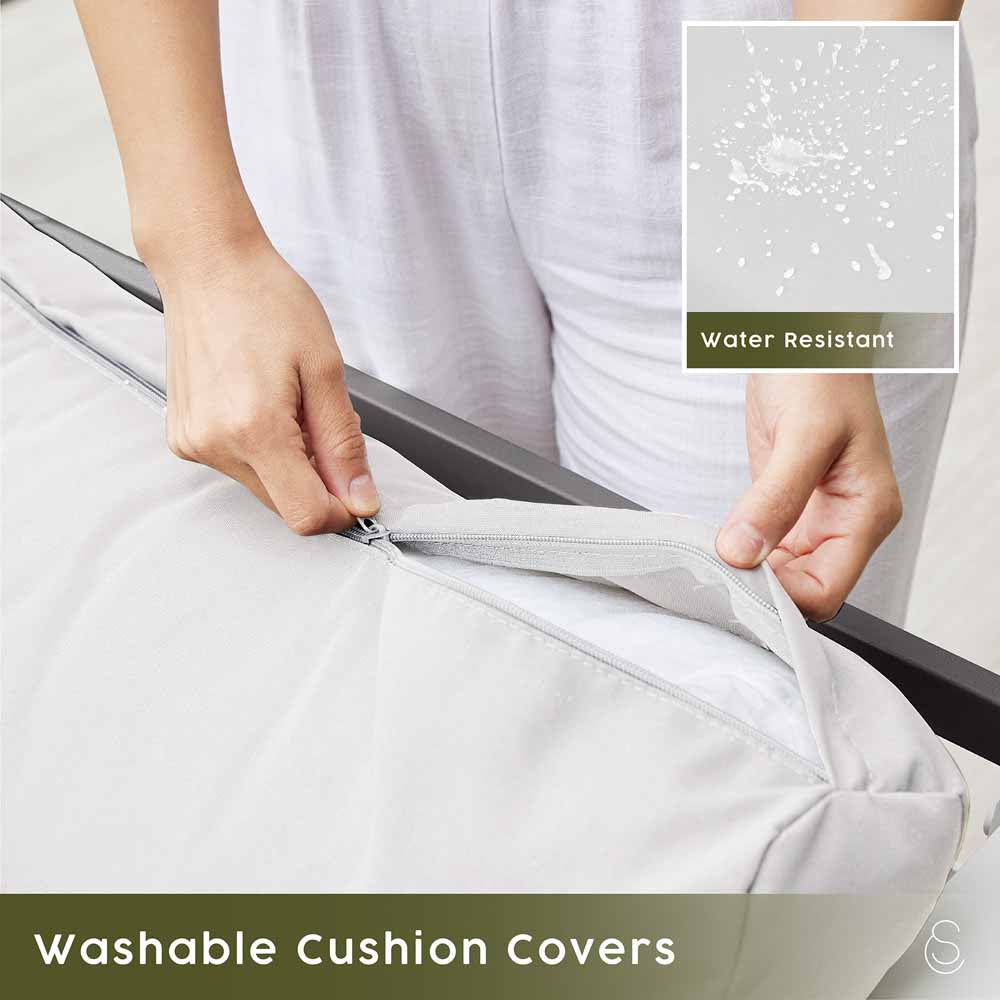
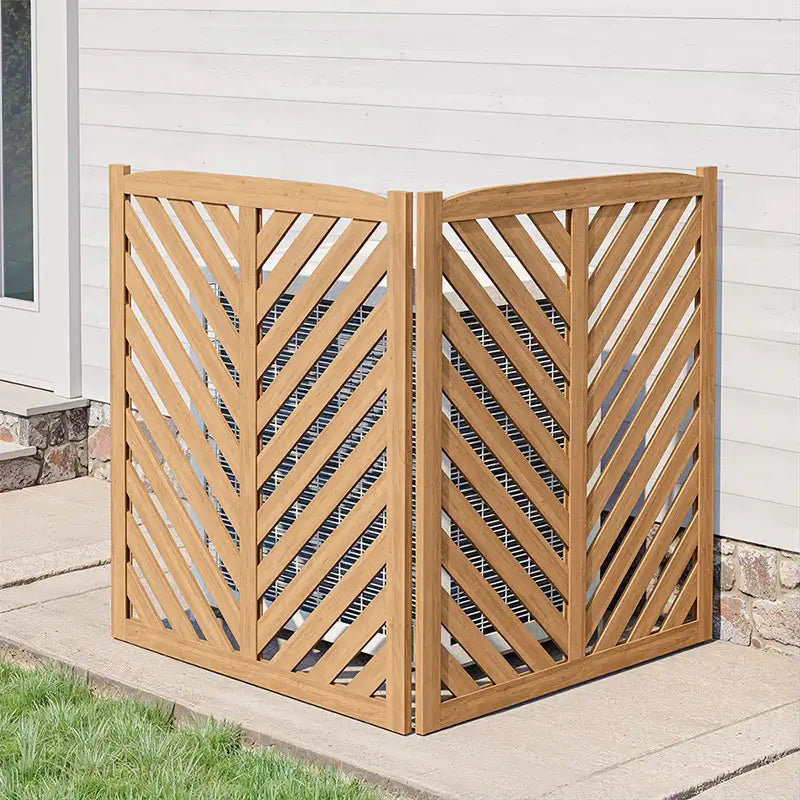
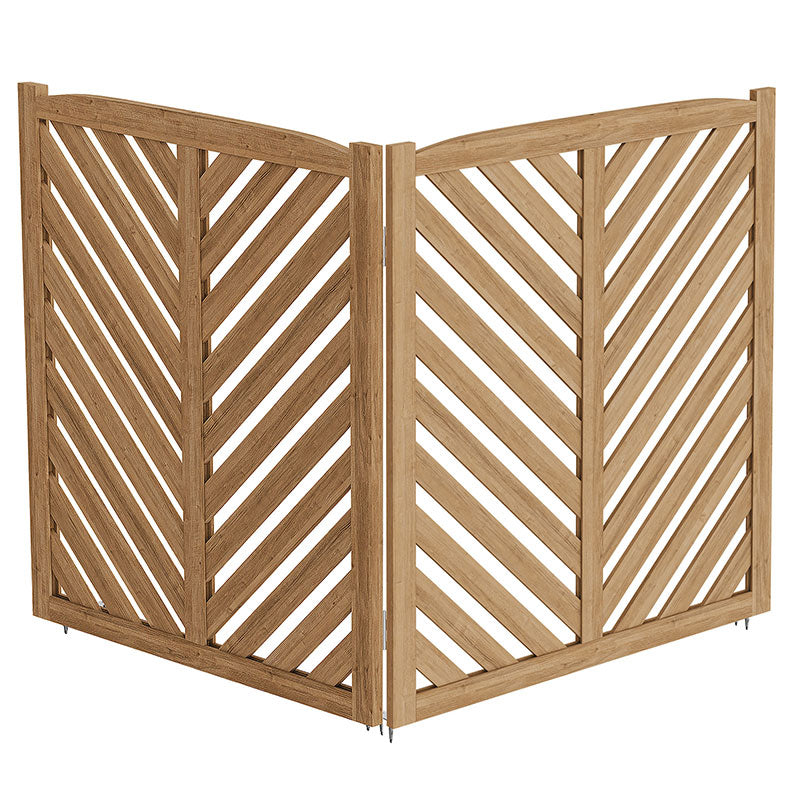
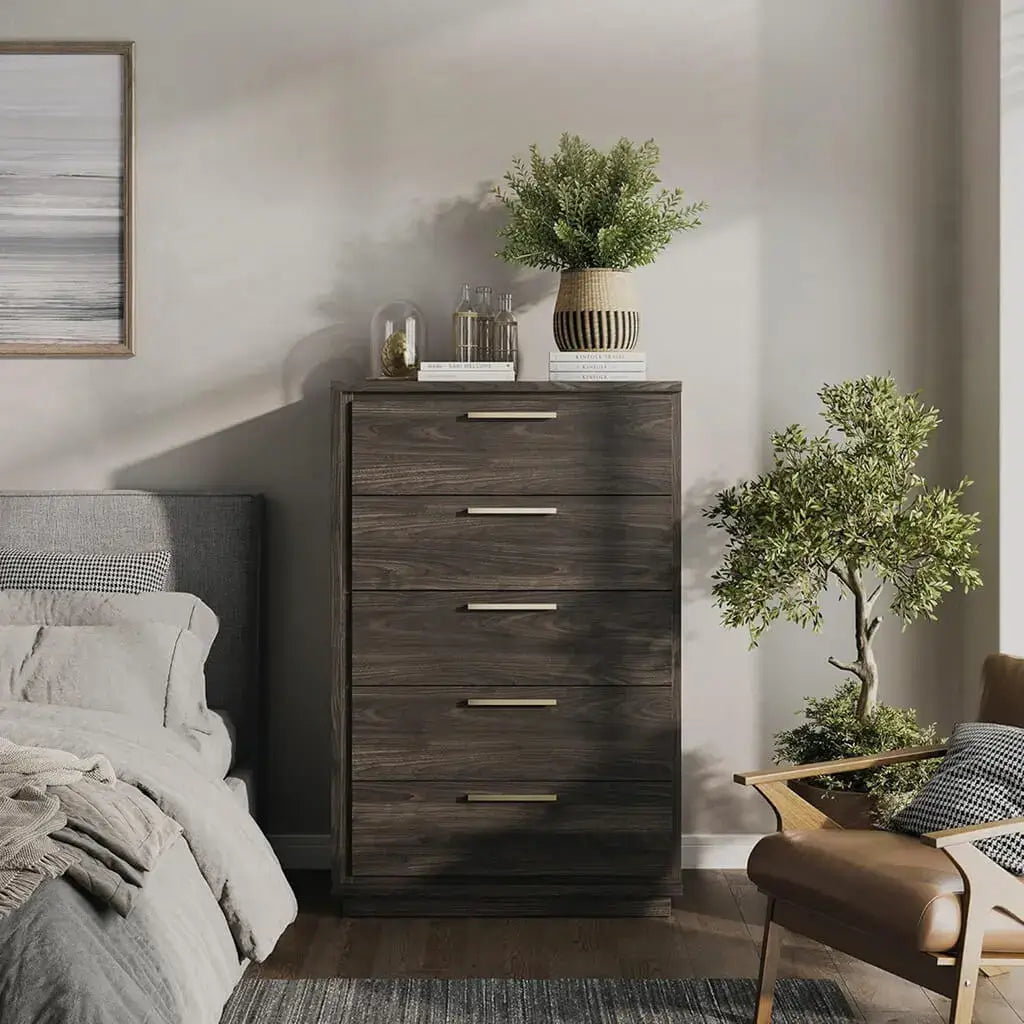
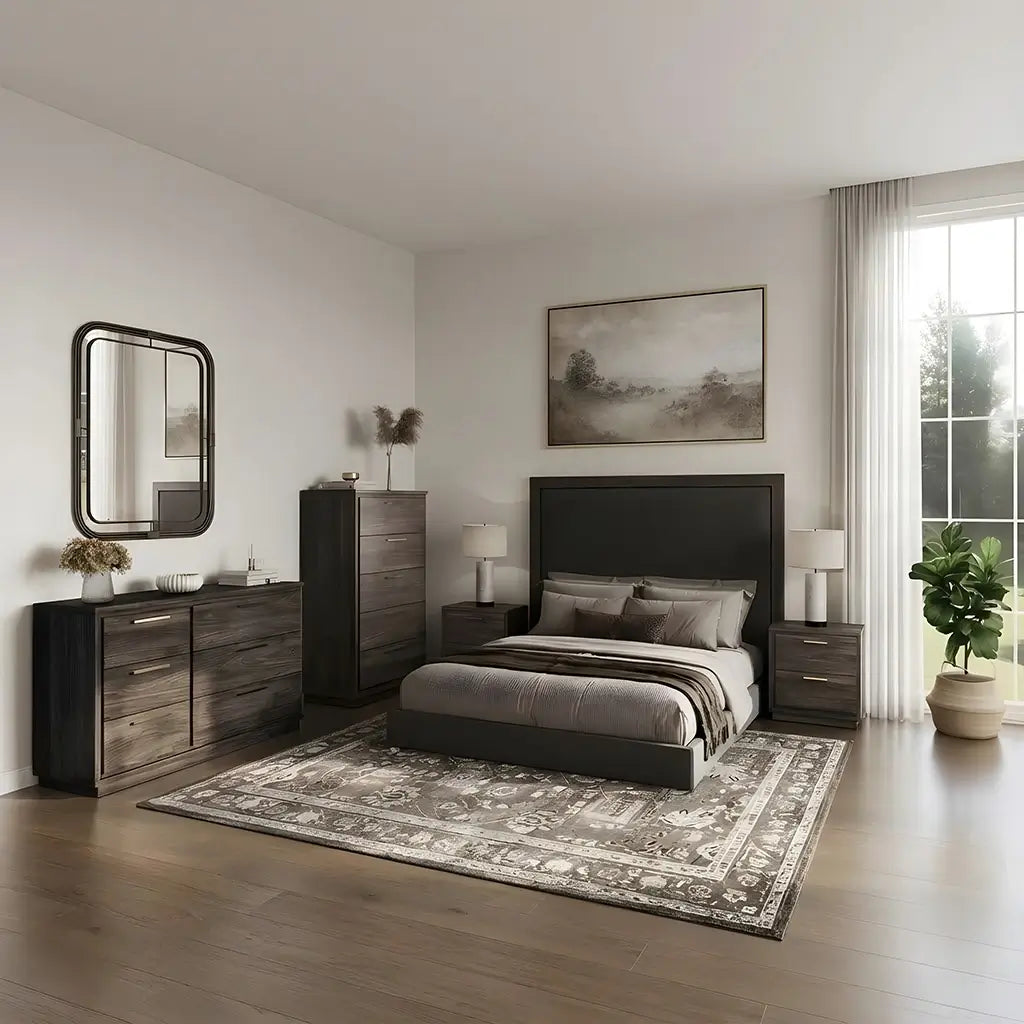

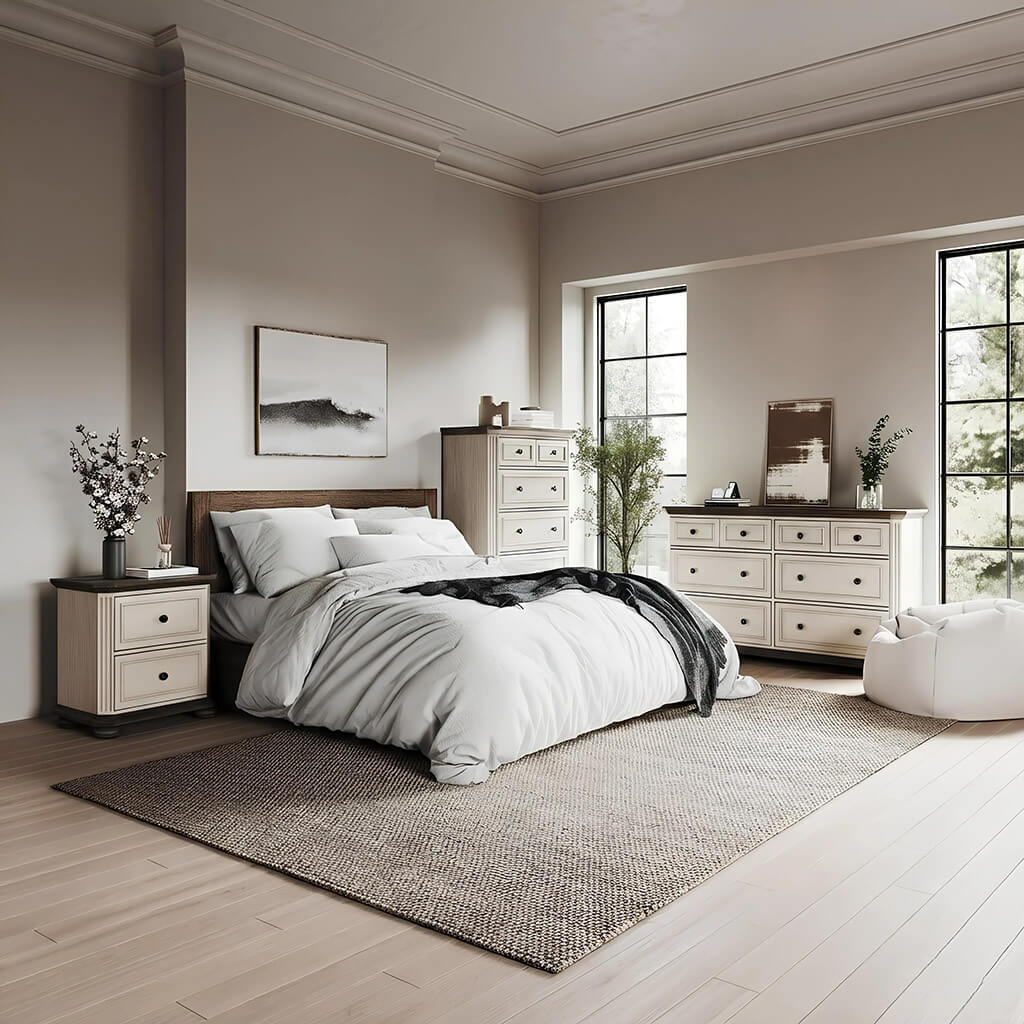
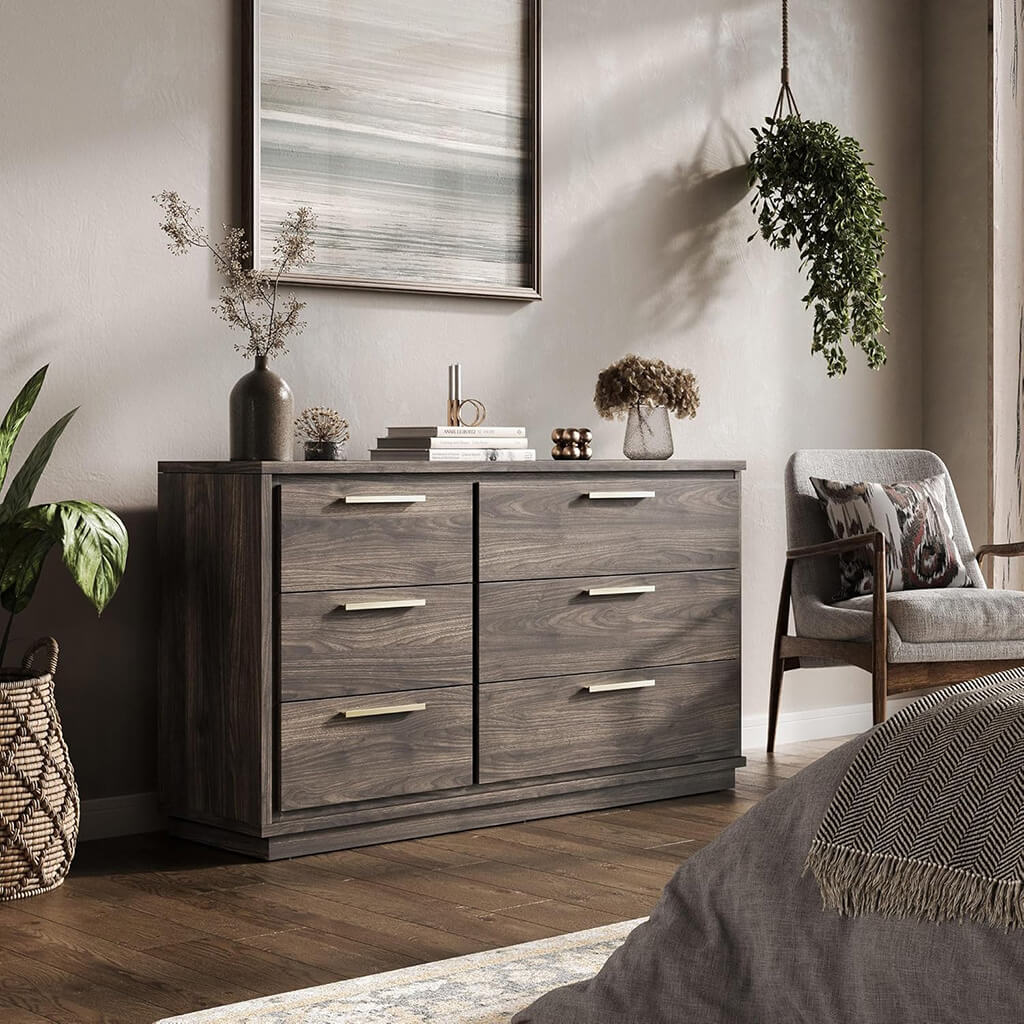
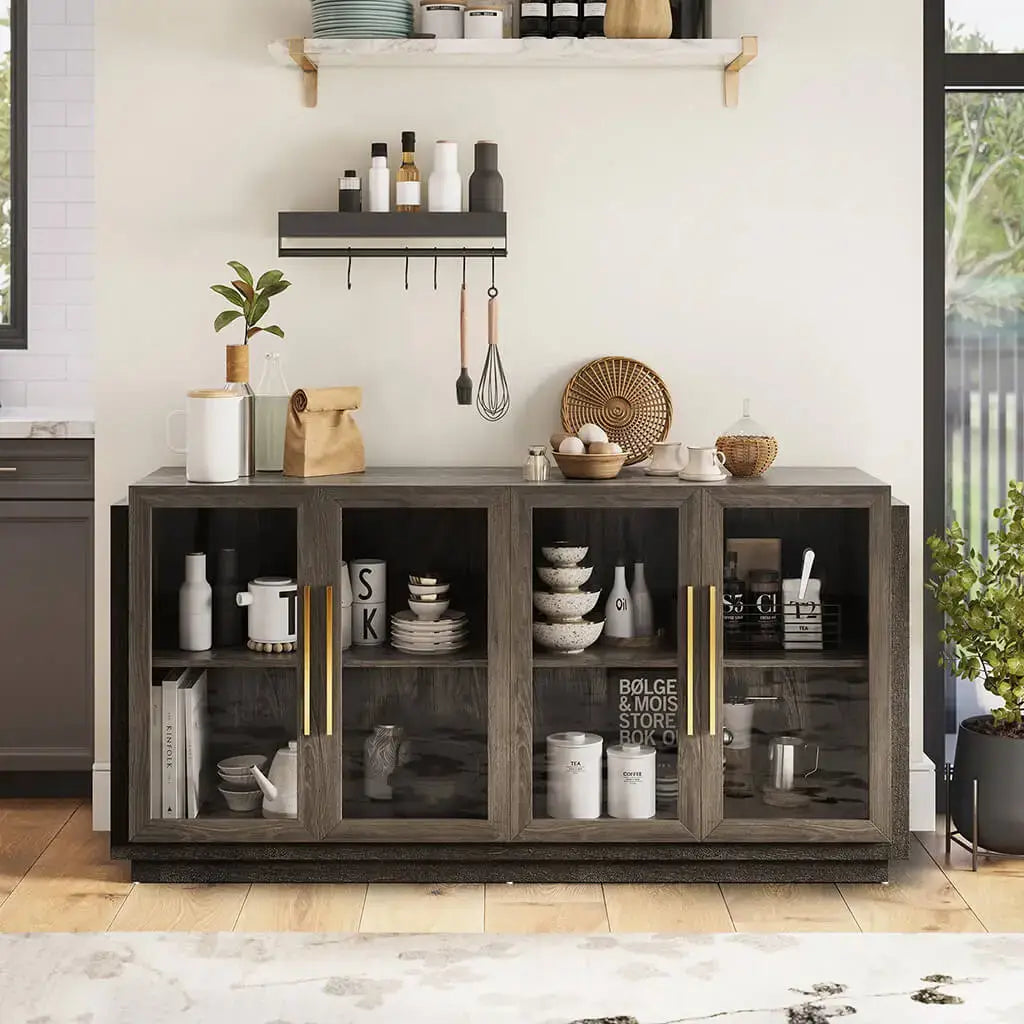
Leave a comment
This site is protected by hCaptcha and the hCaptcha Privacy Policy and Terms of Service apply.